A Moment of Gratitude
The Virginia Council of CEOs is a business organization unlike any other. Simply stated, it’s a fellowship, and each day we take risks, and dare to follow our dreams. Sometimes we struggle with living in the present.
“As business owners, we’re good at identifying and solving problems … it’s a skill set. However, day after day, that skill can also distract us from being present in the moment and acknowledging the blessings that surround us,” expresses one Council member. “By being more intentional about creating moments of gratitude into my daily routine, I’ve seen a major shift in how I process stressful or worrisome times both personally and professionally. And that’s something to be grateful for.”
How often do you interrupt your day for a moment of gratitude?
“I tell myself three things I’m grateful for every morning on my commute,” writes another Council member. “They can be ‘big’ like health/family/marriage or ‘small’ like car seat heaters or commercial free radio. Good energy out brings good energy back!” Note: Shawn Achor talked about how gratitude increases happiness at our 2015 CEO Retreat. See some of Achor’s tips here.
Today, we pause and say THANK YOU, VACEOs members, for making our lives, and the world around us, better.
What are you thankful for? VACEOs members share their thoughts…
“Health – this can so often be overlooked. The other day I saw a man with no legs begging for money on the corner. He looked like a veteran. It occurred to me that my ‘problems’ are mostly inconveniences.”
“Life and all that it entails; the good, bad, messy and neat we see daily.”
“My very close RT12 and VACEOs friends.”
“Family – nothing better than my wife and 3 kids.”
“Entrepreneurship and America – I love living in a country where the small business culture is encouraged and revered. I’m doing what I was put on this earth to do and I’m grateful for great relationships through employees, clients and vendor partners.”
“Friends and family – positive business environment – trust, generosity, and faith from others”
“Grateful for amazing kids that have been raised to be kind, open, accepting, contributing members of society and a wonderful husband partner to helping me make that happen and sticking with me in the messiness of life.”
“Grateful for the opportunity to provide leadership and support to a team of employees that work hard every day and to give them resources that make their lives more impactful.”
“I am grateful for the wonderful care my mother receives in the Memory Unit at Westminster Canterbury.”
“Good health, great family…most days prosperous business.”
Making the Claim for Cyber Security Liability Insurance
It’s no secret that cyber attacks are on the rise, and, like it or not, an attack could have devastating effects on your business. October is Cyber Security Awareness Month, so we wanted to ask: If all systems fail – if your security protocols don’t work and your worst day comes – do you have the right cyber security liability insurance in place to save your business?
DATA BREACH. WHAT’S THE FALLOUT?
Not all data is created equal when it comes to cyber security risk. Two forms are the most prized by hackers: PII, or Personally Identifiable Information – which includes things like customer names, social security numbers, banking or payment information, user IDs and passwords – and PHI, Protected Health Information – which includes information concerning patient health status, provision of health care and payment for health care.
If an employee opens an email and exposes an entire company to a phishing scam – or if a server on the cloud gets hacked and exposes millions of customer records to cyber criminals – it hurts everyone involved. For business owners, it can be especially painful.
According to one study, data breaches cost companies an average of $221 per compromised record – of which $145 is attributed to indirect costs, which include abnormal turnover or churn among customers – and $76 represents direct costs incurred to resolve the breach, such as investments in upgraded technology and legal fees.*
WHAT’S YOUR RESPONSIBILITY?
Winters-Oliver Insurance is a 71-year-old family business. Ben Winters, CIC, joined the company in 2010, and since then, he’s seen an increase in the need for cyber security liability coverage.
“Relative to the insurance industry, cyber security coverage is a fairly new product,” says Winters. “It came out in the late 90s, and we’ve seen maturation in the last 10 years in terms of coverage and response to the new information-sharing and technology-driven world we live in.”
“Many small business owners I speak to about cyber security insurance think, ‘I would never land on anyone’s radar.’ But most businesses, regardless of industry, are now regulated as far as how they protect their data, whether they know it or not.”
Winters says that if a business is found negligent in terms of causing a breach or allowing information to become compromised and fall into unauthorized hands, it is then required to respond. Federal – and sometimes state – guidelines apply.
In some cases, federal guidelines require the business to report the breach, notify (via U.S. mail) all those affected and provide credit reporting to those individuals for at least a year at the business’ expense. Additionally, federal guidelines require the business to create a website dedicated to handling notifications about the breach. The business must also set up a call center to further respond to inquiries that might result from notification.
“You can see how this can get pretty expensive pretty quickly,” says Winters. “The right cyber security liability policy will cover these kind of expenses.”
As expensive as it is to respond to cyber attacks, 2016 research reports that the biggest financial consequence to organizations that experience a data breach is lost business.*
DETERMINING THE RIGHT COVERAGE
Is your small business at risk?
We asked Chris Moschella, CPA, Risk Advisory Manager and leader of the Cyber Security team at Keiter. “Literally every company has PII – if not through their own clients, then through the employee information they have to gather each year for tax purposes,” he explained. “Does it mean everyone needs cyber security insurance? Maybe, maybe not. I would say that as the amount of data a company holds on behalf of its clients grows and the amount of sensitive information they house grows, then the need for cyber security insurance increases commensurately.”
Ben Winters agrees. “The more the information has to travel, the greater the risk or exposure.”
A thorough risk assessment is essential to understanding exactly the type of coverage your business may need. Coverage often includes a combination of four components: errors and omissions, media liability, network security, and privacy.
Network and privacy coverage can protect you from direct costs, like responding to a privacy breach or security failure (first-party coverage), and third-party claims against your business.
“A really good cyber security liability policy will have seven or eight coverage components, including options for communication or media liability coverage and third-party coverage,” adds Winters.
His process begins with an in-depth conversation with business owners. Winters works with them to jointly craft a policy after he learns about the type of data the company manages and distributes, how payments are processed, and what physical and social media security policies the company has in place.
Keiter’s Chris Moschella agrees with Winters’ approach.
“You want to make sure you’re working with a broker who really understands cyber security,” he says. “Look for brokers who have been a part of big claims and are active in the cyber insurance industry. They should ask you pertinent questions about the data you process. If your conversation with them is more consultative than ‘sales-y,’ you’re probably talking to a good broker.”
Should the worst happen, your insurance claims adjuster will be on your side to help you get through the disaster. “Most insurers have claims adjusters who are cyber liability experts,” explains Winters. “They will immediately go to work to determine if you were really breached and where it came from. They’ll help you set up the call center and website you’ll need and help you restore your data.”
Read more in this recent Virginia Business article.
LEARN MORE AT OUR NEXT KNOWLEDGE NETWORK EVENT
Join Chris Moschella on October 20 as he presents “Cyber Security: Demystifying the Essentials for SMBs.” You’ll learn what all small and mid-size business owners should know about cyber security and how to start identifying your risks so that you’re able to develop a sound cyber security strategy, make informed investments, and ultimately minimize the likelihood and impact of a cyber attack.
*Source: “2016 Cost of Data Breach Study: United States.” Benchmark research sponsored by IBM, independently conducted by Ponemon Institute, LLC, June 2016.
What’s On Our Minds? Contented Cows
THINK ABOUT IT.
“Work is contractual. Engagement is deeply personal.” This was the message from Richard Hadden, co-author of Contented Cows STILL Give Better Milk and speaker at a recent VACEOs Quarterly Luncheon.
“Satisfied employees give better performance,” explains Hadden. Or, put another way, contented cows give better milk. And that, Hadden says, “always finds a way to your bottom line.”
With the average job tenure at 4.6 years these days — and a growing mentality of “We’re not married to our jobs; we’re just dating”— it’s clear that business owners need to make their date with employees the best experience ever if we hope to retain the very best.
“Your best recruiting tool is your reputation as an employer, but it’s the reality of what it’s like to work there that will retain people.” – Richard Hadden
Hadden took us on a captivating journey using stories that began with us in the grocery store aisle, searching for fried onions, and ended with us in an extreme northern region of Scotland, preparing for battle.
His presentation was entertaining and top notch, and in the end, he challenged us with specific assignments geared to help us make the connection between people practices and profit performance. We learned that, as with any major change that evolves in the workplace, there will be employers who learn to adapt and burn the available fuel, and there will be those who don’t.
Will your company adapt or be left behind? Remember, everyone is hungry. It’s your job to understand what your people are hungry for.
Feel free to email us if you missed Richard’s talk. We’ll send you his notes!
This “What’s On Our Minds” moment is from the VACEOs Quarterly Luncheon presentation “Contented Cows Give Better Milk: Your People…Your Profit” with Richard Hadden (Thursday, September 22, 2016).
VACEOs members have access to national thought leaders on a regular basis – speakers like Richard Hadden, with unique voices not often heard in this market. Check out other member benefits.
Disaster Planning: Is Your Business Prepared?
How prepared is your business to handle a disaster? Would you go out of business if you had to shut down for more than a few days? According to the U.S. Small Business Administration, “roughly 40 to 60 percent of small businesses never reopen their doors following a disaster.”
Major disasters like earthquakes don’t happen every day in our region, but smaller-scale disasters – like server failures, power outages and fires – do. And disruptions of any kind can wreak havoc on a small business.
“Considering other types of disruptions is very important when you’re putting together a disaster preparedness plan,” says Michelle M. Cann, CPA, Chief Operating Officer, The Fahrenheit Group. “Things like technological or mechanical hazards, such as sudden facilities failure (power, HVAC systems, hazardous materials), and human-caused disruptions – such as cyber security events, civil disturbances or a health crisis affecting a key employee – can dramatically impact your business.”
“A good disaster or emergency operation plan can mean the difference between a manageable business disruption or a major, time-consuming, costly and perhaps even unrecoverable business failure,” adds Cann.
CREATING AN EMERGENCY PLAN
Most disaster recovery or emergency preparedness plans include five components: Program Management, Planning, Implementation, Testing and Exercises, and Program Improvement.
PrepareMyBusiness.Org offers several helpful checklists to help you create an emergency plan for your business. The worksheet listed below will ask you to think about who should be on your recovery and communications teams, where your alternate business location would be, and how your technology and data can be recovered. (Go to SBA Disaster Recovery Overview Checklist.)
Don’t be intimidated by the plan creation process. The simplest plans are often the best.
“Disaster recovery plans need not be complex or consider every possible hazard,” says Cann. “The most successful plans are simple and flexible. Designing a plan need not be a difficult process. In fact, starting with the basics, such as who to call with current contact information, is better than waiting until an extensive or all-encompassing plan can be designed.”
According to Cann, the best emergency plans are:
1. Simple and flexible 2. Designed by those most familiar with the key aspects of operations 3. Inclusive of the financial team 4. Communicated internally 5. Tested at least once a year.
Cann also offers some great advice for making sure your plan is tested periodically.
“Couple the review of the plan with another company event – an annual board or key business meeting, the budget approval process, or even the summer company event. Review should include testing elements of the plan, including company-wide communications to ensure the plan is operational. Fire drills, recovering test documents and calling backup IT services are just some examples of how to test the plan.”
Filtroil President Shares Lessons on International Expansion
When is it right to break into international territory? For Jeremy Leahman, the second time was the charm. With a nudge from his biggest client and guidance from a knowledgeable local resource, he’s become a bit of an international markets expert – even sharing his experience at the world’s largest industrial trade show this year. We sat down with him shortly after that to learn about his experience and how his business has changed. We also asked for a few pieces of advice for CEOs considering a move into an international territory.
Meet Jeremy Leahman
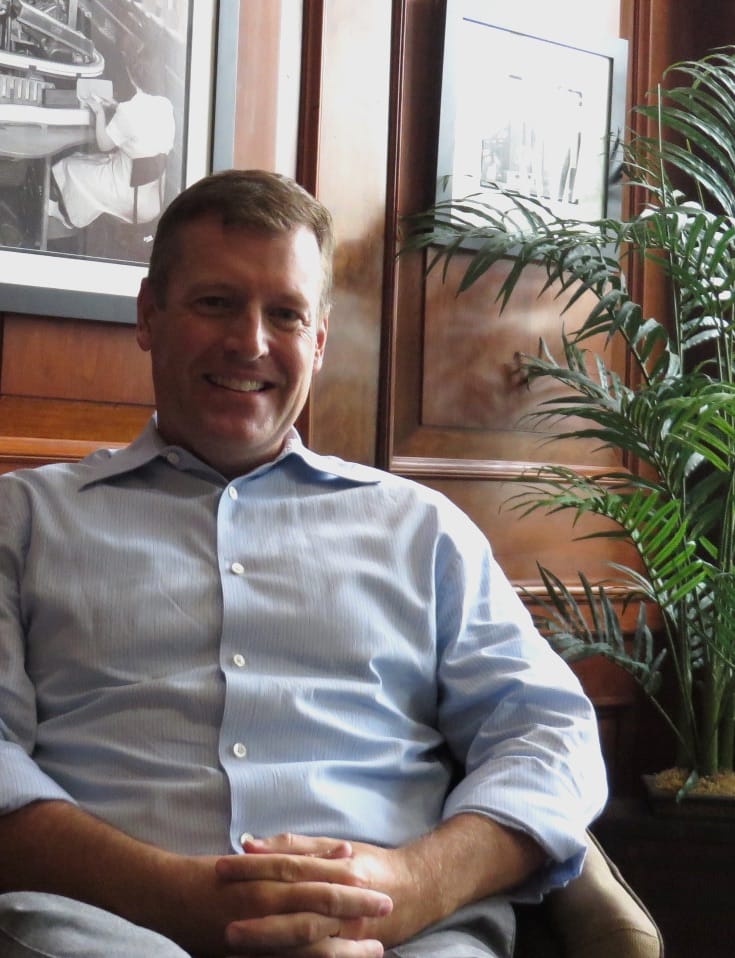 Leahman is president of Filtroil, he’s also a serial entrepreneur and four-year member of the Virginia Council of CEOs. He began his career at Filtroil in 1994 as a salesperson and was quickly groomed to become president – a post he accepted 1998.
Leahman is president of Filtroil, he’s also a serial entrepreneur and four-year member of the Virginia Council of CEOs. He began his career at Filtroil in 1994 as a salesperson and was quickly groomed to become president – a post he accepted 1998.
“Any industrial manufacturer uses oil in their assets, and that oil is the lifeblood of their machine,” explains Leahman. “We offer a niche filtration product that filters oil about five grades cleaner than new oil and keeps it that clean over the life of the equipment.” Filtroil’s systems are primarily an after-market product, sold by a distribution channel to those in the mining, cement, paper mill, metal stamping, construction, injection molding and trucking industries to name a few.
Filtroil Goes International: Take One
Filtroil’s first launch into Europe in the late 90s was, in Leahman’s words, “not successful.” “We opened up a lot of distributors, but none were really active, and the cost of doing business was very high,” he says. The events of September 11 and the downturn in the economy, coupled with Leahman’s attempt to launch three other businesses, fractured his profit margins.
Still believing his product had a future in international markets, Leahman hired a sales director in 2005 to cover the Latin American market. Around that time, he also streamlined his production costs, relocating one of his international manufacturing facilities from Japan to China and later started a joint venture there. Even so, it was a heart-to-heart conversation – not a manufacturing or operations decision – that ultimately proved to be the magic bullet for Filtroil.
When Your Biggest Client Says, “We Want To See More”
After graduating from the Darden School of Business at the University of Virginia Leahman was awarded its biggest contract with multinational oil and gas giant Exxon Mobil. Leahman recalls the advice he got from the company. “In 2008, Exxon Mobil said to me, ‘Hey, your product line is limited. It’s a niche product. It’s a great niche product, but it only works for a small portion of the oil sold in our industry. You need to make more filtration products – products that filter not only hydraulic oil, but also gear oils, engine oils and phosphate ester fluids. Additionally, it needs to work for many different applications in multiple industries, because distributors want broad product lines that cover the general industrial market to heavy duty equipment.’”
So Leahman got busy. Fast-forward to 2016, and his product line is much more extensive, and he’s ready to get serious about Europe.
Filtroil Goes International: Take Two
Leahman learned through his joint venture project in China that government agencies like the U.S. Commercial Service and the Virginia Economic Development Partnership (VEDP) can offer U.S. businesses vital information and resources at very little cost.
Leahman knew it was vital to Filtroil’s growth for him to attend the largest industrial show in the world – Hannover Messe – so he called Josh Kaplan, the local contact for U.S. Commercial Service. As it turned out, the U.S. was the official partner country for Hannover Messe for 2016, which meant millions of dollars’ worth of services were being offered through government agencies like Commercial Service to U.S. companies with an interest in attending.
“U.S. Commercial Service had so much infrastructure in place there,” says Leahman. “I was hammered with pre-marketing opportunities. It was amazing. I had 22 appointments set up before I even got to the show.” Kaplan also told Leahman about a VEDP program that could help him cover his booth expense. (To learn more, read “Filtroil Finds New International Customers through State Export Program Grant.”)
Filtroil Today
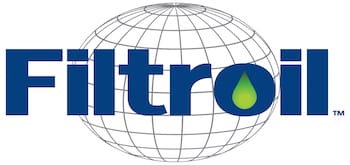 Leahman says his participation in Hannover Messe has paid off, as he has recently secured contracts with five solid distributors and has tallied sales in India, Portugal, Denmark, Bolivia and Poland. And, says Leahman, “That’s just the tip of the iceberg.”
Leahman says his participation in Hannover Messe has paid off, as he has recently secured contracts with five solid distributors and has tallied sales in India, Portugal, Denmark, Bolivia and Poland. And, says Leahman, “That’s just the tip of the iceberg.”
These days, Leahman meets once a month with Josh Kaplan, making sure he stays on top of leads from Hannover Messe. Leahman is also considering other state-supported programs, like the VEDP website translation program he just heard about, and a trade mission trip to South Africa. He’s hired a marketing and West Coast salesperson to handle his growing workload, and his sales director in Latin American is doing well.
This coming February, Leahman plans to attend the US Commercial Service, Discover Global Markets, Advanced Manufacturing Business Forum Series conference in Scottsdale, Arizona, and rumor has it he may be asked to give a lecture on his experiences with finding new distributors in global markets. While there, he’ll meet with the U.S. Commercial Service officers who have vetted a multiple number of distributors for him to consider, reconnecting him with the international trade managers he met at Messe. The future looks bright.
“For 2017, I see traveling to Europe four or five times. I can see setting up a warehouse with stocked inventory, and I would like to have 10 new distributors in place, with three that are really active and moving a lot of product.”
Considering Expansion Overseas? Six Lessons From Jeremy Leahman
Considering expansion abroad? Here’s some advice from a VACEOs member.
- Don’t expand internationally without the support of the U.S. government.
“There’s a lot of money available out there that I didn’t know about,” says Leahman. “If I had known about U.S. Commercial Service, I would’ve entered the market much more quickly. Your first call should be to them if you’re ready to go overseas. They will also help you conduct thorough due diligence to mitigate any risks.” - Take a focused approach.
“Be careful of spreading yourself too thin. You want to throw enough into the hopper so that you’ve filled the funnel, but you don’t want to overexpose yourself.” Leahman admits that in the past he has set up 50 or more distributors in a geography and hoped for the best. Those days are over. His new approach balances due diligence and his ability to travel in a cost-effective manner. - Invest wisely.
“You can’t just put your product in literature and expect a sale. You have to support your sales team and regularly travel with them.” Leahman estimates that each distributor costs him approximately $50,000 in product, travel time and effort, so it makes sense to weed out the distributors that aren’t a good fit before you make a trip overseas. U.S. Commercial Service’s International Partner Search and Gold Key Service are designed to do the due diligence for you for a very nominal fee. Of International Partner Search and Gold Key service, Leahman says, “It’s the best deal on the planet. Nothing I have come across in business in the last 22 years has been so cost effective.” - To be local or not? That is the question.
“One thing you need to decide is if you’ll have a local presence or not,” says Leahman. “It really depends on the size of your company. If you’re a medium to large manufacturer, you will need to have some kind of presence there. This is something U.S. Commercial Service can help with. In my case, the trade manager from the Netherlands, whom I found through my Commercial Service contact, helped me find a strategically located warehouse to supply product all throughout Europe.” - Setting up a distribution network? Be wary of distributor terms.
“I met with the Export-Import Bank of the United States at Hannover Messe and found that it’s not wise to take distributor terms for payment or collection. Use the Bank instead. For less than a 1% transaction fee, depending on the country, the Bank will guarantee any order up to 95%. So, for example, if I have a distributor in India who places a $100,000 order, I’m guaranteed 95% of that money, even if they don’t pay the bill. You’ll need to fill out some paperwork for each distributor to be protected by this program but it’s well worth.” - Got proprietary intellectual property? Protect it.
“If you have a patent or proprietary products or ideas, make sure you fill out the right global patent applications. You don’t want someone overseas stealing your ideas. Some countries have lots of protection built in place while others are far behind, so make yourself knowledgeable about specific geographies if you have something worth protecting. There are a lot of resources out there to help you with that.”

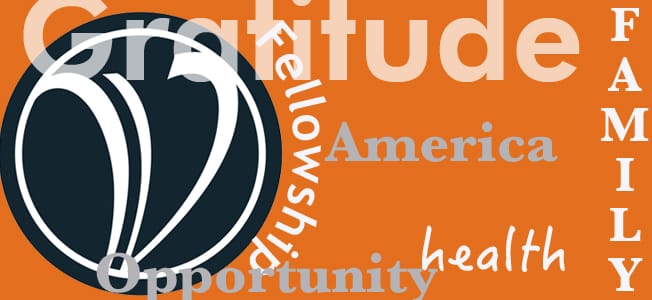
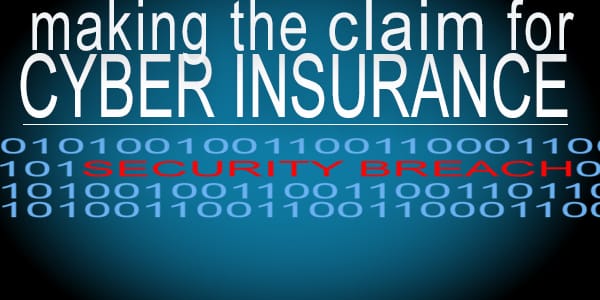
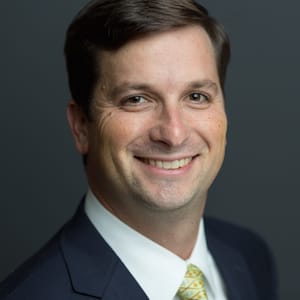


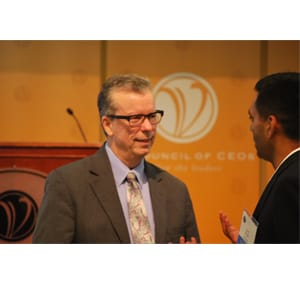
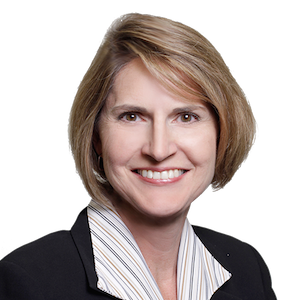
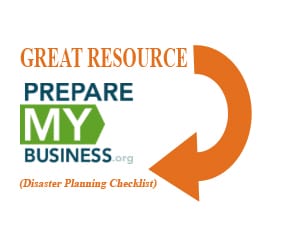
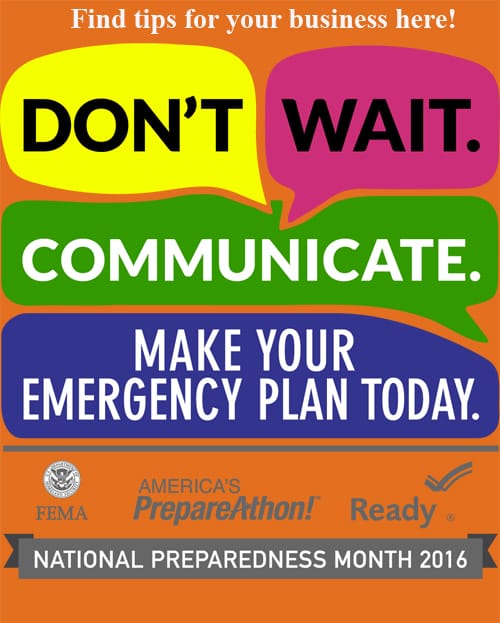
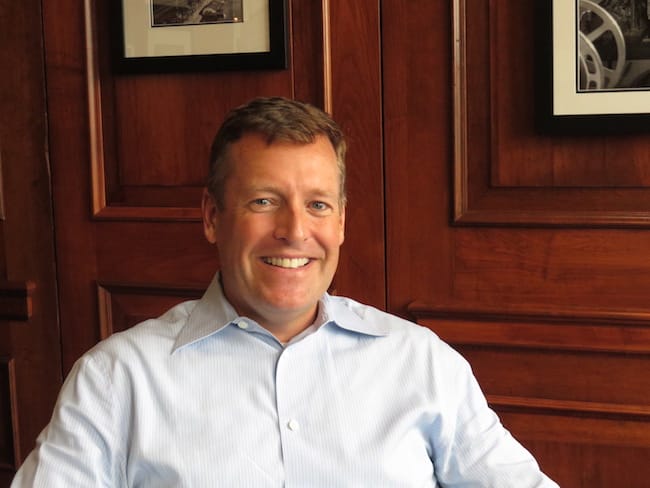

Recent Comments